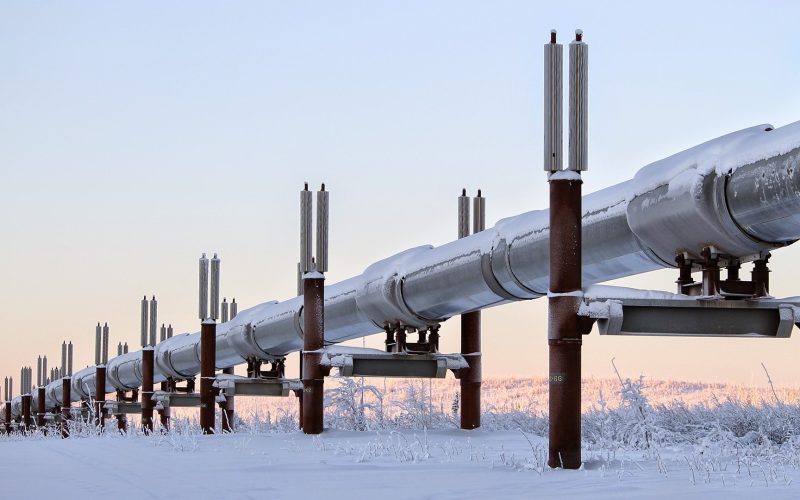THE VOICE FOR THE ENERGY CONSUMER

For the fourth time this year, Consumer Energy Alliance (CEA) has helped Americans support an all-of-the-above energy policy that includes a robust offshore energy program. In its latest effort, CEA.

CEA- Alaska is currently gathering signatures from citizens of Alaska to add to its statewide letter asking the Commissioners of the Port of Seattle for their support in maintaining the.

The summer driving season is upon us, but there is a bright spot for consumers planning that upcoming summer driving vacation who want to save gas! According to the Energy.

CEA- Alaska is asking for support of the state’s Arctic energy exploration in a letter to the Commissioners of the Port of Seattle. The port has been embroiled in controversy.

85 Percent Say Energy Policy Will Play a Key Role in 2016 Election Key Takeaways: Voters in South Carolina favor Arctic energy production by 38 points. Energy will be very.

Continuing the trend of energy policy as a key issue in nationwide elections, voters in Iowa and New Hampshire showed overwhelming support for U.S. energy leadership in Arctic offshore energy.

Consumer Energy Alliance submitted 3,650 distinct letters to 8 separate dockets, for a total of more than 28,000 consumer comments to the Bureau of Ocean Energy Management urging for the.

The Florida House of Representatives today passed House Bill 1205, sensible hydraulic fracturing legislation, sponsored by Rep. Ray Rodrigues (R – Lee County) and Rep. Cary Pigman (R-Avon Park). Upon.

Today marks the 45th anniversary of Earth Day – and thanks to a recent federal analysis, we have some very exciting and environmentally friendly news to share. According to the.